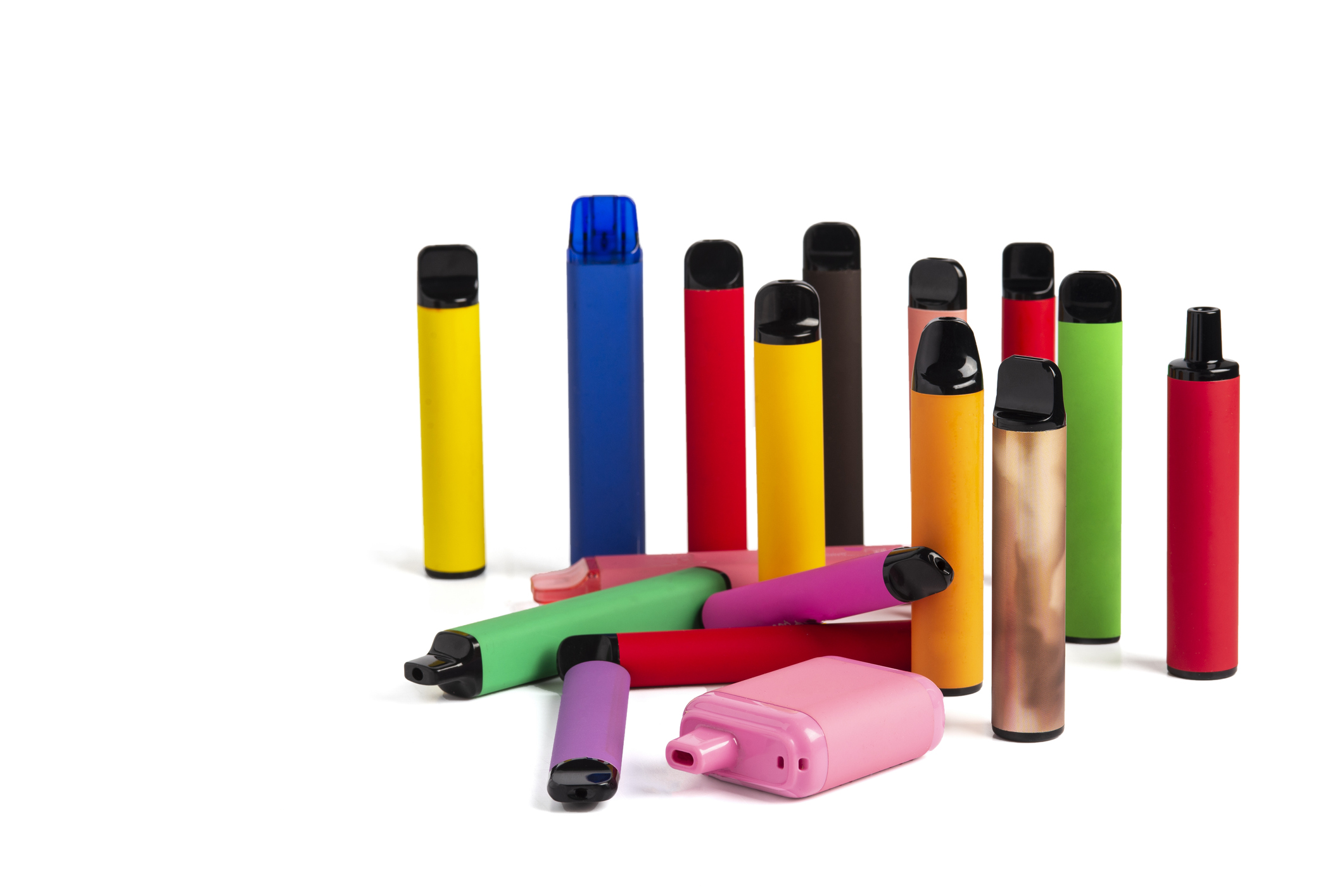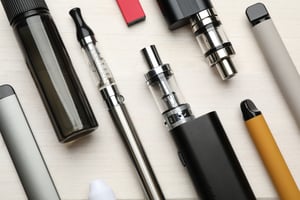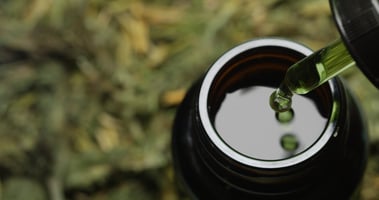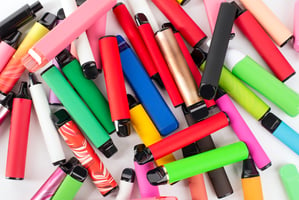Allergies concerns highlights need to meet stringent regulations ~
What Lies Ahead for Vape Compliance?
Nicotine

Mar 26, 2024 | Published by Jay Panas Adamson
Nicotine
The UK vaping landscape is in flux, and businesses in the industry are gearing up for changes ahead. With the recent announcement of a ban on disposable vape devices set to kick in early 2025, the focus has shifted towards adapting to new regulations and developing innovative and compliant products.
Changing Direction
Responding to the impending restrictions, many companies are turning towards disposable "closed pod" systems. These systems, equipped with rechargeable devices or batteries capable of accommodating multiple pods, offer a viable alternative. While some of these products resemble their disposable counterparts, there's a wave of innovation sweeping the market, introducing features like multi-pod options or refillable designs.

Innovation vs compliance testing
As the sector responds, innovation is developing rapidly. One notable example is a pod-based device paired with a refill bottle attached to the device, allowing users to effortlessly refill their pods using gravity inversion.
While such products are deemed compliant with current Tobacco and Related Product Regulations (TRPR) by relevant authorities, they may present additional challenges from a compliance testing perspective.
For instance, in cases where a product contains a prefilled 2 mL refillable pod, it's crucial to verify that the fill volume complies with regulations, ensuring it contains no more than 2 mL of e-liquid. Furthermore, once the pod is vaped, it transitions into a refillable pod, necessitating confirmation of compliance with TRPR as a tank of no greater volume than 2 mL.
Compliance considerations also extend to the nicotine content within both the pod and the refill bottle. While both are likely to contain the same flavour of e-liquid, they may have been filled on separate production lines or even with different batches of e-liquid. Consequently, while one batch may be compliant, another batch may not meet regulatory standards.
Navigating the Landscape
Whilst forthcoming changes, regulatory and testing requirements remain uncertain, one thing that is clear is that the landscape for the vape category and vape compliance will change within the next 18 months.
Vape Compliance with Broughton
At Broughton, our teams have extensive experience working with Trading Standards teams across the UK to support their work around vape compliance. This includes providing both laboratory testing and supporting Trading Standards teams in securing prosecutions.
Learn more about how we have helped teams across the country via our case study here: Broughton Vape Compliance Testing Case Study - Trading Standards (broughton-group.com)
Contact Broughton
Reach out to one of our vape compliance experts today about your vape products, here.


